This article contains spoilers for the Loki season 2 finale
Loki has just wrapped up its second season in truly epic fashion. Tom Hiddleston’s god of mischief is now responsible for keeping the multiverse intact, having outsmarted He Who Remains, solved the temporal explosion that ended time, and placed himself forever on the throne of time to live out his “glorious purpose”.
For a full explanation of exactly what went down in the finale you can see my explainer here, but for now, let’s zero in on one of the most satisfying moments in the episode. As Loki took his throne and gathered the timelines we zoomed out to show them all bursting with green energy, before the camera rotated 90 degrees to reveal that it now resembles a tree.
This is Yggdrasil, the world tree, and is foundational to both Norse mythology and the MCU’s Asgardians. So, let’s dig deep and explain precisely what it is.
In the MCU
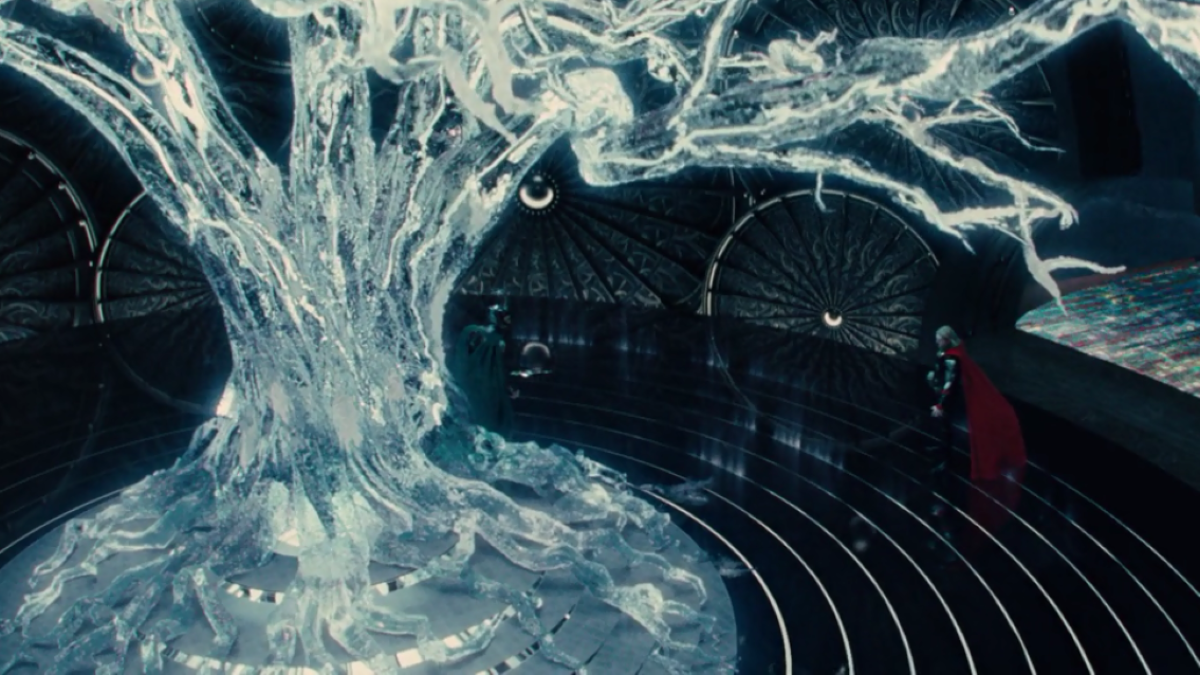
Yggdrasil was first mentioned in 2011’s Thor. The God of Thunder is explaining Asgardian cosmology to Jane Foster, drawing a sketch for her and saying:
“Your world is one of the Nine Realms of the cosmos, linked to each other by the branches of Yggdrasil, the World’s Tree.”
A representation of Yggdrasil is also visible in the Asgardian Hall of Science (see above), where its health is linked to the well-being of the universe, and we’re told that if Ragnarök were to occur the tree would die off.
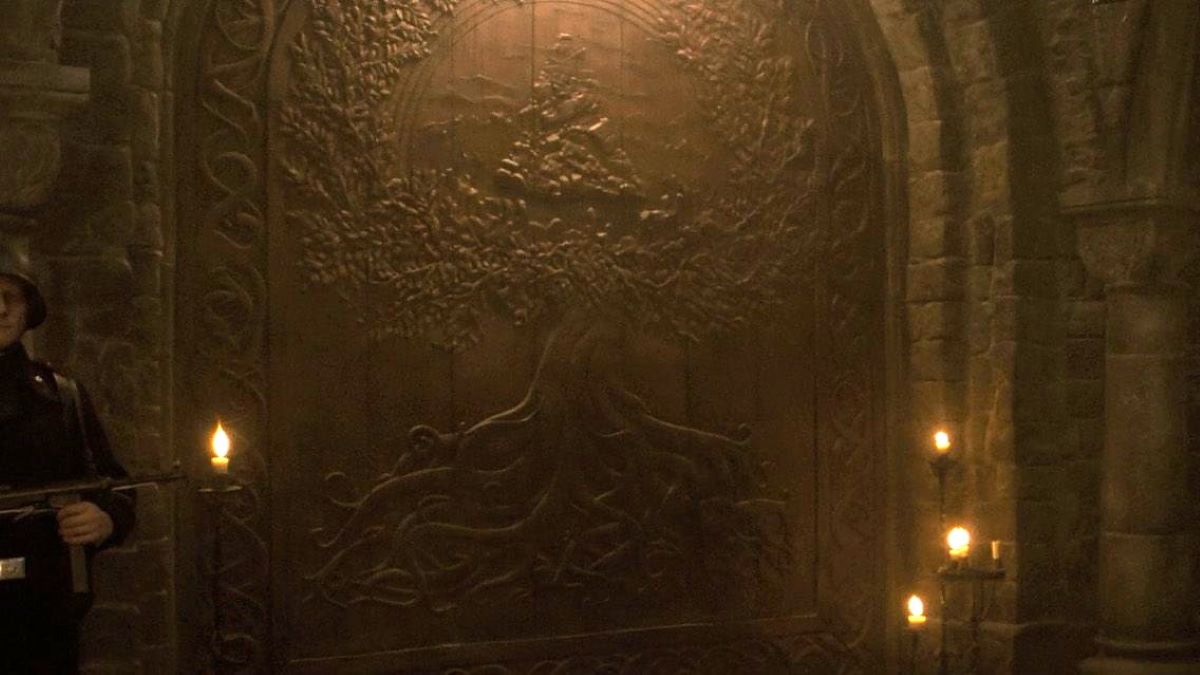
We got our next peek at the tree in Captain America: The First Avenger, when it was seen carved on a wall in a Norwegian village in 1962. This wall concealed the Tesseract, underlining the tree’s significance to the myths and legends of this land. Finally, Yggdrasil was seen in Thor: The Dark World. While hosting the Aether Jane Foster has a vision of Malekith destroying the world tree by converting it into dark matter.
Given that the TVA and the events of Loki exist outside of time, all these references to Yggdrasil can now be recontextualized to have been Loki all along. It also proves that the Asgardians’ understanding of Yggdrasil as holding the Nine Realms together was broadly correct, though they failed to understand its temporal role and certainly had no idea Loki was at the core of it.
In Norse mythology
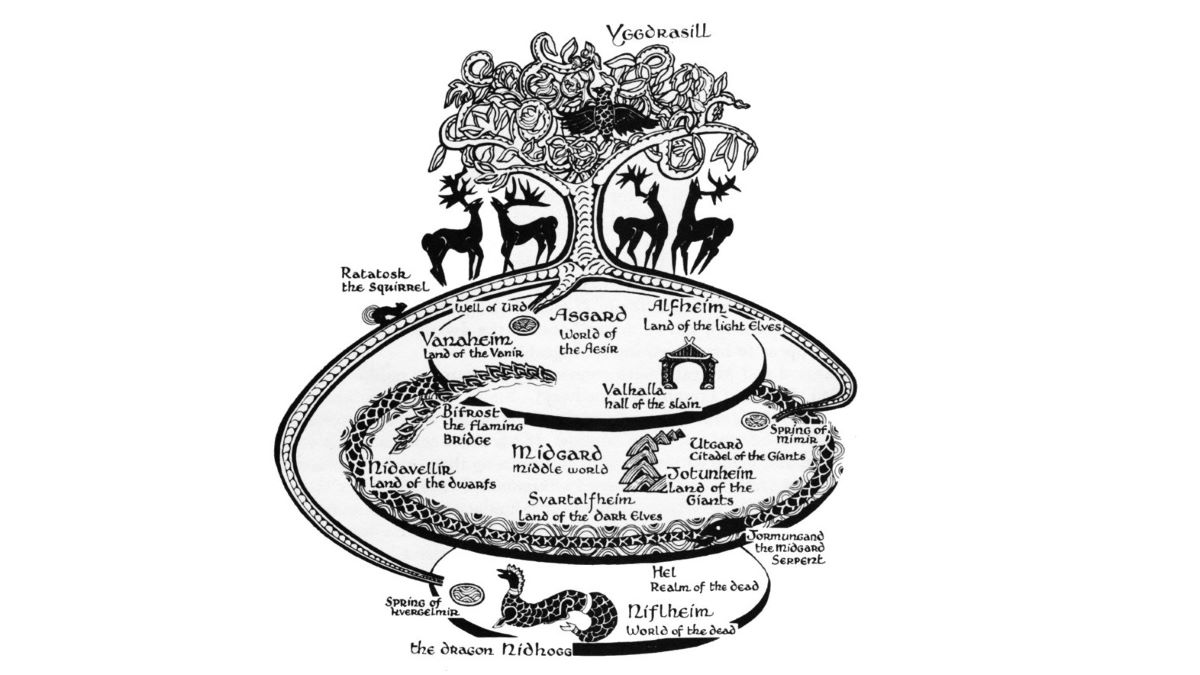
The MCU’s Asgardians are very loosely inspired by the original Norse mythology, but it’s still worth peeking back at the mythological Yggdrasil too. “Yggdrasil” is generally translated from Old Norse as “gallows”, a reference to the epic poem Hávamál in which Odin sacrifices himself by hanging from a tree, meaning Yggdrasil is Odin’s final resting place. As the poem says:
I know that I hung on a windy tree
nine long nights,
wounded with a spear, dedicated to Odin,
myself to myself,
on that tree of which no man knows
from where its roots run.
Yggdrasil itself is described as an immense ash tree and the location at which the Norse gods gather to govern the cosmos. Its branches and roots reach across the realms, with major ones extending to Hel, Jotunheim and the world of men.
Depictions of the apocalyptic Ragnarök often show Yggdrasil burning, though nowhere in the original poems is the tree’s fate revealed and it may have been considered too foundational to the Norse cosmology to have even been affected by it.
The mythical Loki is said to have been bound by the roots of Yggdrasil and punished for his crimes by having a snake dripping venom into his eyes for eternity (the pain this caused him would make him convulse and was the Norse explanation for earthquakes). This neatly mirrors the MCU’s Loki being trapped as part of it though, fortunately for him, there’s no snake.
Will we see Yggdrasil again?
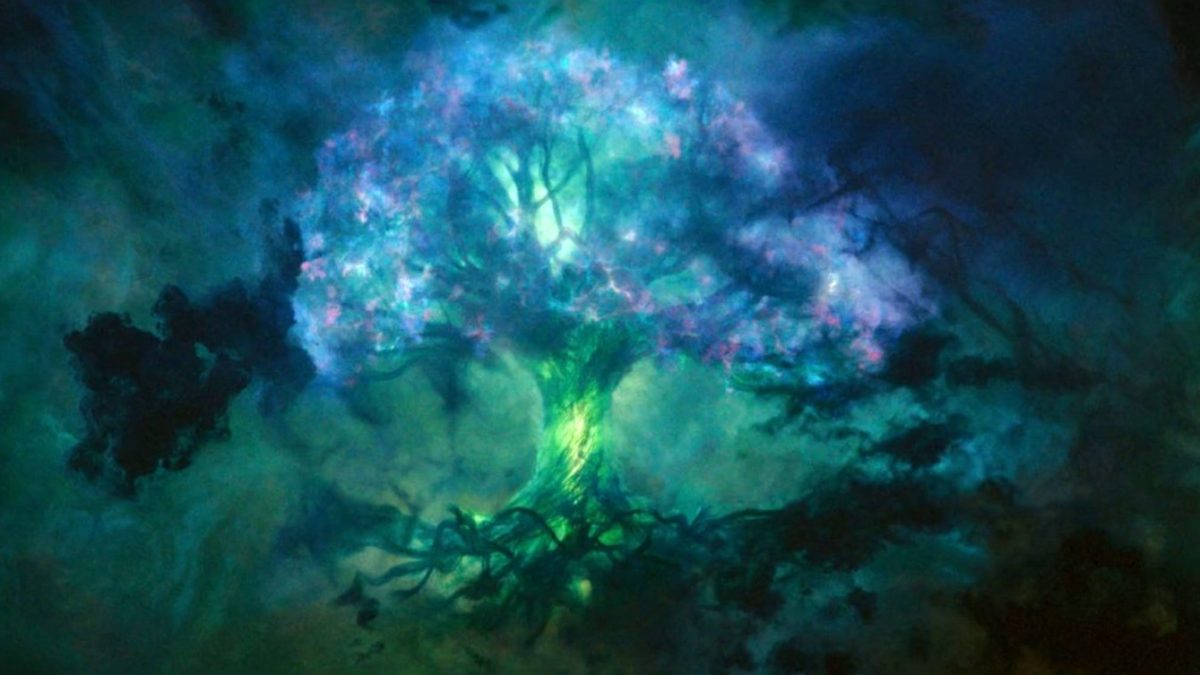
Thor: Love and Thunder promised that the God of Thunder’s saga isn’t over and given Yggdrasil’s central place in Asgardian lore it’s possible we may see it again there. Seeing Thor realize the sacrifice that Loki made would be a touching moment, though actually explaining all this to him would require quite a bit of exposition.
The events of Loki should also play some kind of role in Avengers: The Kang Dynasty and Secret Wars, as Loki’s actions here will result in the multiversal war that seems destined to be played out in those movies. Whether anybody realizes Loki’s role in all this remains to be seen, though we’d be surprised if Yggdrasil never came up in any capacity.
For now, all we can do is watch, wait, and bask in the radiance of an actually good Loki finale. Is the MCU’s future looking a little brighter today? Maybe.

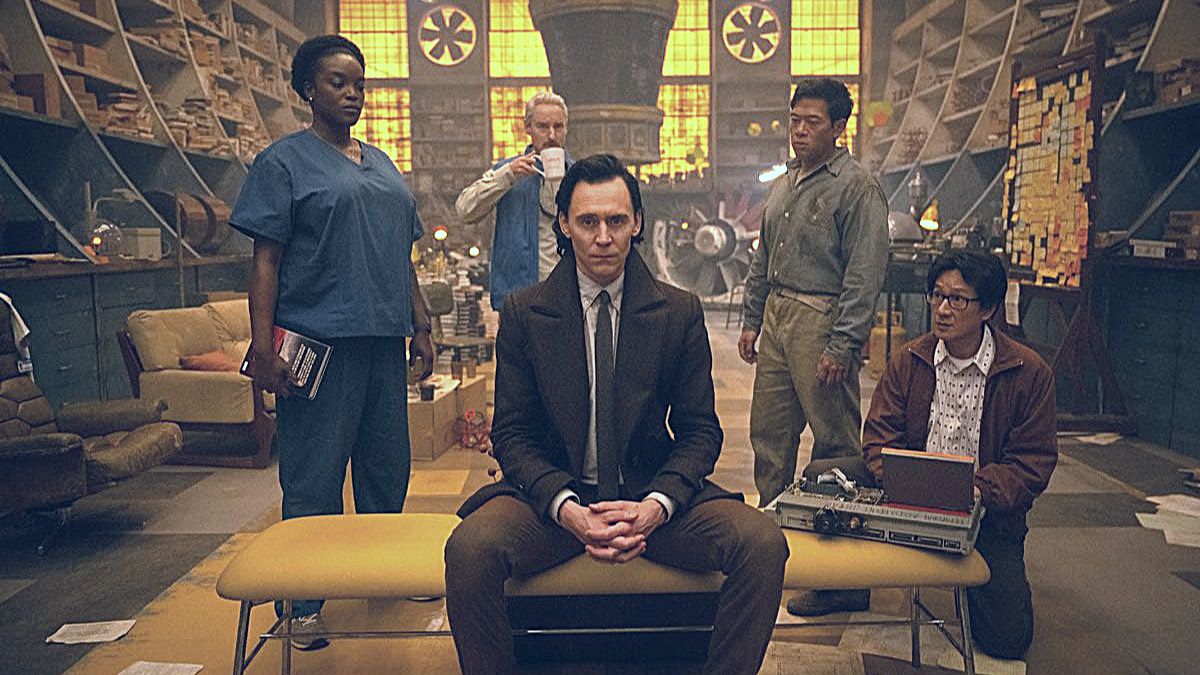
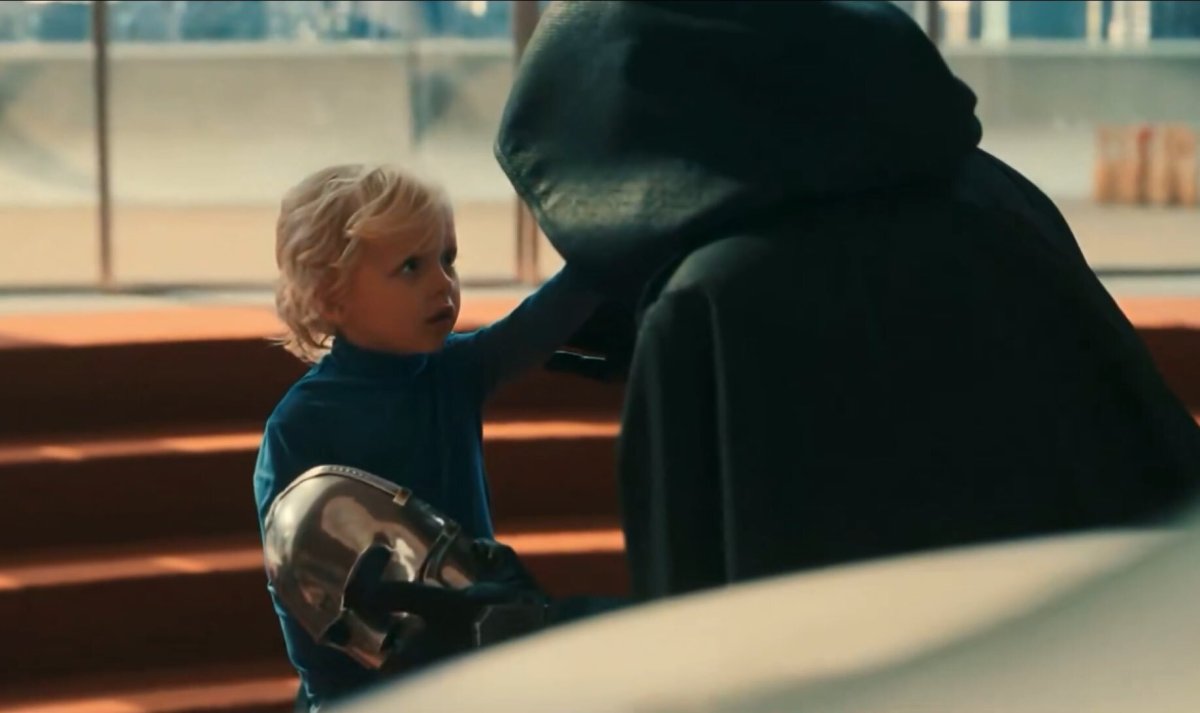
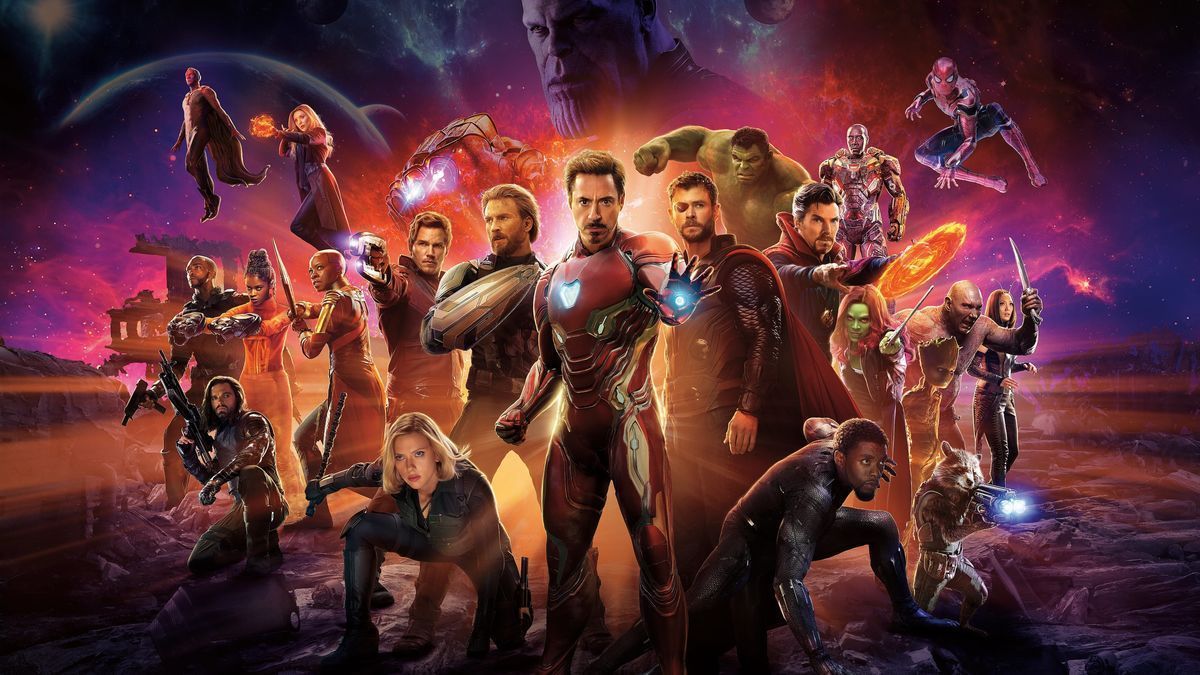
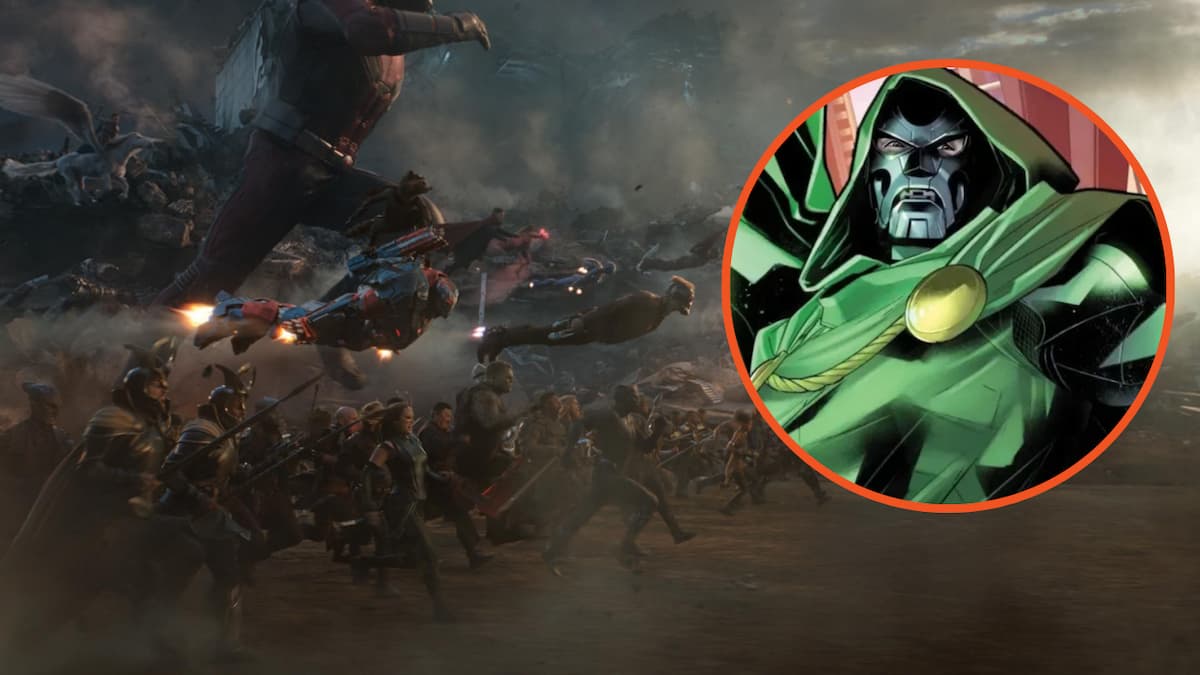



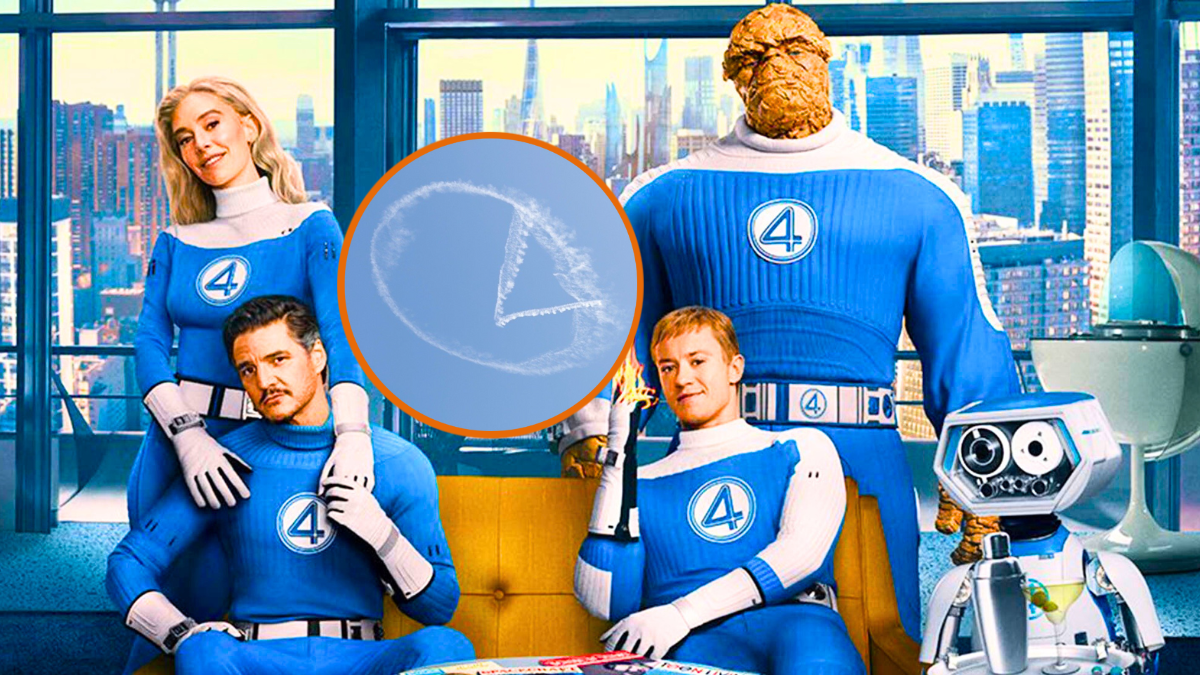
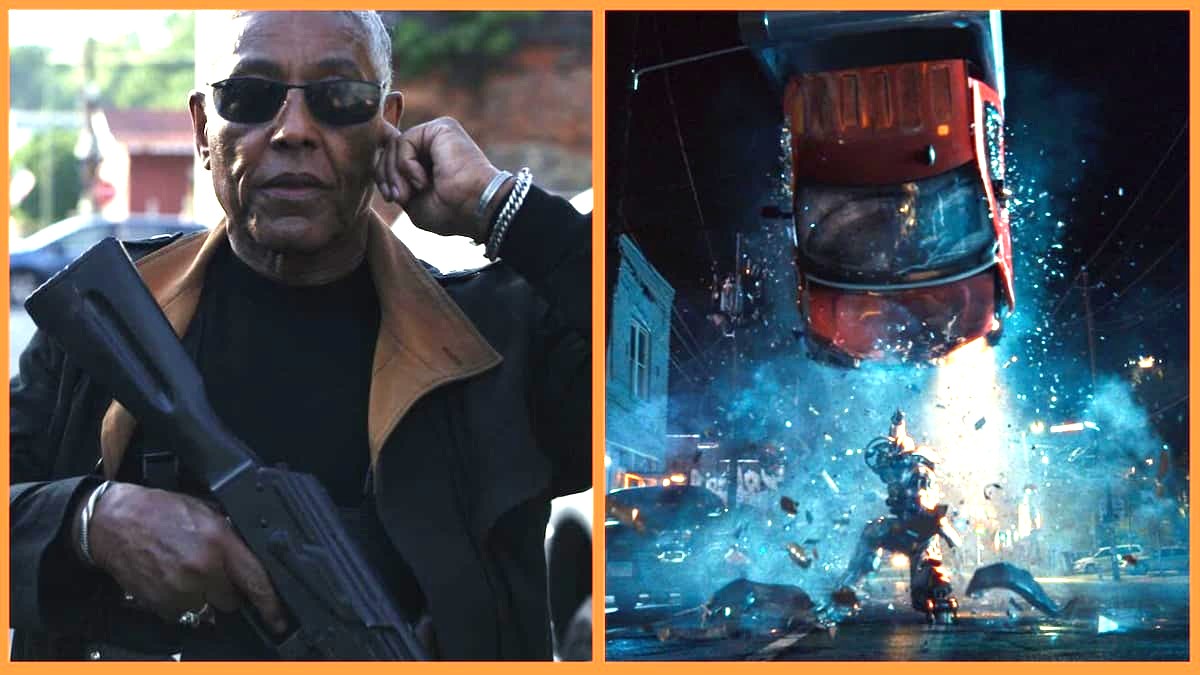

Published: Nov 10, 2023 05:06 am